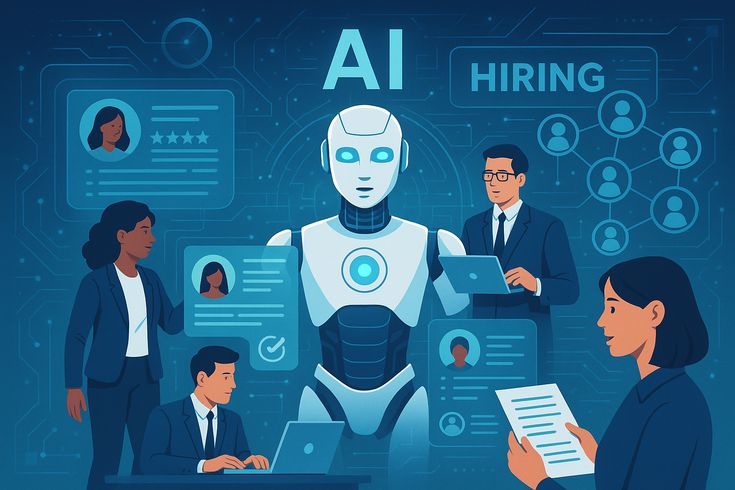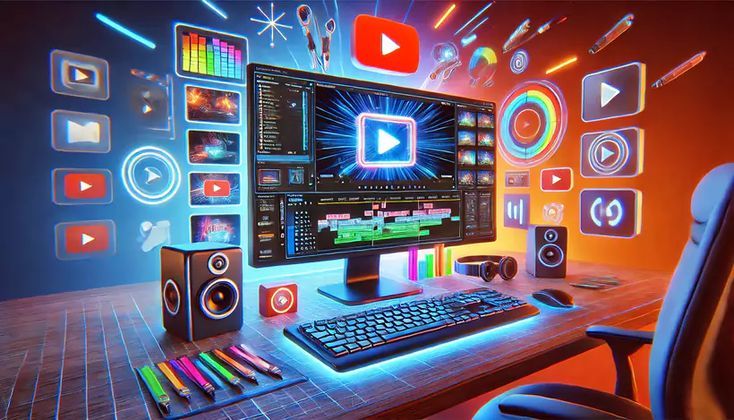1. AI in Content Writing and Blogging
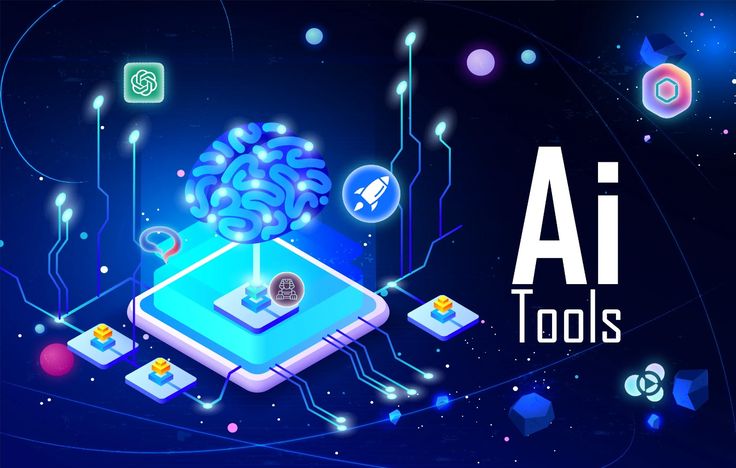
AI has redefined digital content creation by automating the processes of ideation, drafting, and optimization. Writers can now generate SEO-optimized blogs, articles, and captions faster and with consistent quality. The workflow begins with defining the target audience and setting measurable goals—whether educational, promotional, or entertainment-based. Once objectives are clear, creators input structured prompts that guide AI tools to produce outlines, headings, and initial drafts.
Thank you for reading this post, don't forget to subscribe!These drafts undergo refinement through both human editors and AI-assisted tools, improving tone, clarity, and factual accuracy. SEO optimization, including keyword integration, readability analysis, and metadata creation, ensures high search visibility. The synergy between AI speed and human insight yields professional-grade, engaging content that resonates with readers. However, responsible creators always fact-check AI outputs, as automated systems can misinterpret context or produce inaccuracies. Overall, AI makes the writing process faster, data-driven, and strategically aligned with marketing goals.
2. AI for Social Media Content Automation
In the fast-paced digital world, AI tools streamline social media management through automated content generation and scheduling. Platforms like Jasper, Writesonic, or ChatGPT can create engaging captions, hashtags, and post descriptions tailored to specific audiences. The process starts by identifying brand tone and target demographics, followed by generating multiple content variants for A/B testing. AI can predict engagement metrics by analyzing historical performance, helping creators choose the best time and style for posting. Integration with scheduling tools like Buffer or Hootsuite allows seamless, automated posting across multiple platforms.
Moreover, AI can monitor sentiment, detect trending topics, and recommend updates to stay relevant. This data-backed approach enhances brand consistency and maximizes reach. However, human oversight ensures that automated content aligns with ethical standards and brand voice, preventing over-automation or tone mismatch. Used strategically, AI transforms social media into a more efficient, personalized, and growth-driven channel.
3. AI in Visual Creation and Image Editing
AI-powered image generators such as DALL·E, Midjourney, and Leonardo AI have revolutionized visual design. These tools transform text prompts into detailed, high-quality images within seconds. The process begins by defining the desired concept—style, mood, composition, and context. Creators input a descriptive prompt including lighting, color palette, and format. AI generates multiple versions that can be refined iteratively for better alignment with brand aesthetics. Editing tools powered by AI—like background removal, face enhancement, or object addition—further enhance visuals. Designers can produce professional images without expensive software or photography sessions.
However, it’s essential to ensure licensing compliance, especially for commercial projects. Reviewing usage rights prevents copyright disputes. This workflow reduces turnaround time and empowers even non-designers to create polished visuals. With careful prompt engineering and ethical considerations, AI design tools offer creativity, scalability, and cost-effectiveness unmatched by traditional methods.
4. AI for SEO Optimization and Content Ranking
AI-driven SEO tools have transformed how digital marketers optimize their online presence. Platforms like SurferSEO and Clearscope use AI to analyze search intent, keyword density, and competitor strategies. The process begins by selecting a primary keyword and identifying user intent—informational, transactional, or navigational. AI tools then generate optimized outlines, LSI keywords, and metadata recommendations. They evaluate readability, backlink opportunities, and internal linking structures to enhance ranking potential. Content creators integrate these suggestions into drafts, improving both visibility and engagement.
Additionally, AI predicts how algorithm updates might impact rankings, allowing proactive adjustments. Automation of these processes reduces manual research and error. However, over-optimization must be avoided, as AI suggestions should complement—not dominate—authentic writing. A blend of human creativity and AI data ensures balance between discoverability and value. Overall, AI empowers marketers to compete effectively in dynamic search ecosystems.
5. AI in Code Generation and Development
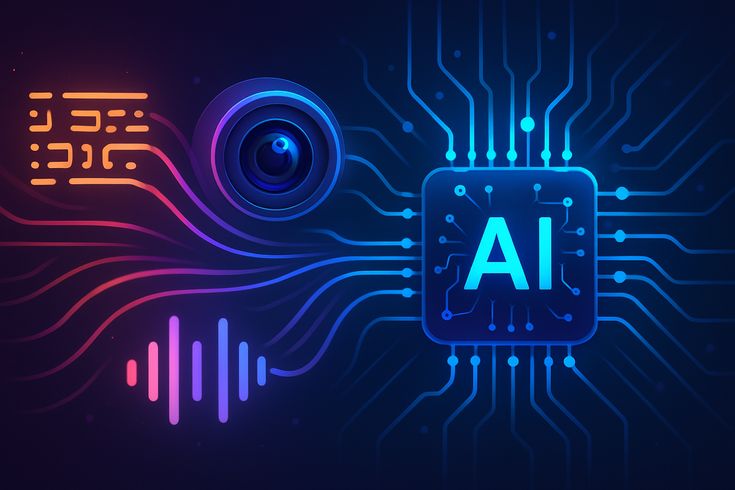
AI tools like GitHub Copilot, ChatGPT, and Replit have simplified programming by generating efficient, clean, and modular code. Developers begin by defining a problem statement—inputs, expected outputs, and possible edge cases. AI provides a starting code snippet, which can be tested locally for functionality. Upon running tests, developers identify bugs or inefficiencies and prompt the AI for improvements. It also generates test cases, automates documentation, and suggests optimization for performance and security.
These systems enhance developer productivity by reducing repetitive coding tasks, allowing focus on architecture and innovation. However, AI cannot fully grasp business logic or complex contextual dependencies; hence, human review and validation remain mandatory. Integrating AI into development workflows accelerates prototyping, improves quality assurance, and boosts collaboration among teams. With consistent review practices, developers achieve faster delivery cycles and higher reliability in software development.
6. AI in Testing, Debugging, and Documentation
Testing and documentation are vital for robust software, and AI accelerates both. Automated testing tools like Testim or CodiumAI generate multiple input scenarios and expected outcomes. Developers input parameters, and AI creates unit, integration, and regression test cases. Similarly, AI suggests error-handling routines to make code resilient under edge conditions. Once the code passes tests, AI assists in creating detailed documentation—code comments, user guides, and README files—ensuring maintainability. This structured documentation aids collaboration and future updates.
AI-based linting tools also identify syntax inconsistencies and suggest refactoring for improved performance. Security is another focus; AI highlights vulnerabilities such as exposed tokens or inefficient loops. Despite automation, human oversight ensures logical accuracy and contextual relevance. When used responsibly, AI testing and documentation tools create stable, secure, and scalable software ecosystems with minimal manual intervention.
7. AI in Data Analysis and Visualization
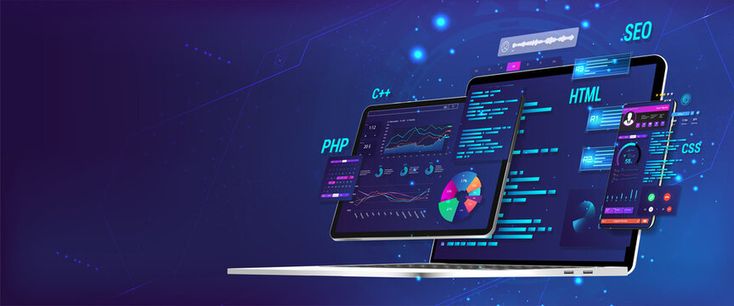
AI’s power shines in data interpretation and visualization. It helps organizations uncover insights hidden in complex datasets. The process begins with defining clear objectives and KPIs. Data is imported from sources such as APIs, databases, or spreadsheets. AI performs data cleaning—removing duplicates, filling missing values, and correcting outliers. It then recommends feature engineering methods to enhance predictive models. Through exploratory data analysis (EDA), AI generates charts, correlations, and statistical summaries that reveal trends.
Visualization tools like Power BI or Tableau integrate AI for real-time insights. Developers can even build baseline ML models to forecast outcomes and compare metrics like accuracy and RMSE. The result is a clear, data-backed narrative for decision-making. AI eliminates manual errors and accelerates discovery, but interpretation still requires human expertise to ensure that the insights align with strategic goals.
8. AI in Education and Personalized Learning
AI is transforming education through personalization and adaptive learning models. Intelligent tutoring systems assess a student’s proficiency and create customized study plans. The process begins with analyzing learning goals, subjects, and student performance data. AI generates tailored practice questions and explains concepts in varied difficulty levels. Students receive immediate feedback, while the system tracks progress to adjust learning speed dynamically. Teachers benefit from AI-generated analytics highlighting strengths and weaknesses, guiding intervention. Doubt-solving chatbots make real-time interaction possible, improving engagement and comprehension. Yet, human educators play a vital role—ensuring ethical application, emotional understanding, and contextual relevance. When balanced with teacher guidance, AI-driven learning enhances accessibility and academic outcomes for learners worldwide.
9. AI in Healthcare and Clinical Assistance
Healthcare AI assists doctors and patients through data-driven decision-making. Systems analyze electronic medical records, summarize case histories, and identify potential diagnoses. The workflow includes inputting patient symptoms, letting AI generate diagnostic summaries, and creating initial treatment suggestions. These insights save time and reduce clerical burdens for doctors. However, human review is mandatory—AI aids but never replaces clinical judgment. Protecting patient privacy through encryption and compliance with healthcare regulations (e.g., HIPAA) is non-negotiable. AI also assists in radiology, pathology, and drug discovery by identifying patterns in imaging and genetic data. Despite its efficiency, safety requires continuous monitoring and ethical use. When responsibly implemented, AI in healthcare improves precision, reduces delays, and enhances overall patient care.
10. AI in Marketing and Campaign Optimization
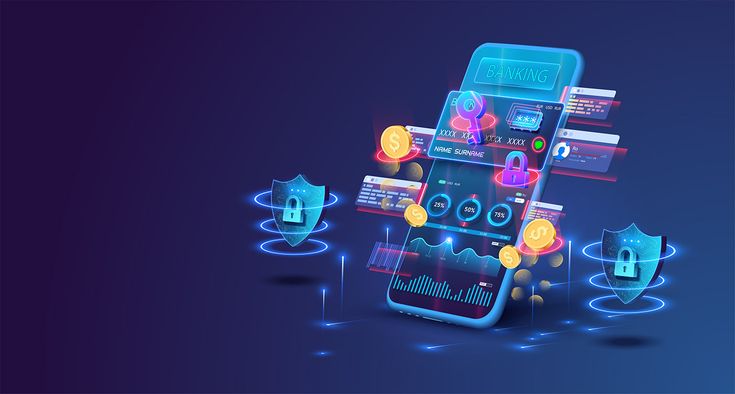
Marketing automation powered by AI enhances engagement, targeting, and ROI. Tools analyze user behavior, segment audiences, and recommend personalized content. Campaigns begin with clear objectives and KPIs. AI assists in generating ad copy, choosing visuals, and setting optimal budgets. It performs A/B testing automatically and provides insights into audience reactions in real time. Social listening features track trending topics to inform timely responses. Predictive analytics forecast campaign success and suggest adjustments to maximize ROI. AI-driven marketing streamlines workflow, minimizes guesswork, and increases conversion rates. However, maintaining human oversight ensures brand consistency and authenticity. Strategic integration of AI thus transforms marketing from a reactive to a proactive discipline.
11. AI in Translation and Localization
AI translation systems enable brands to expand globally with speed and precision. The process starts by defining both source and target languages, ensuring cultural context and tone are maintained. A comprehensive glossary and style guide are created to maintain consistency. AI tools such as DeepL or Google Translate generate initial translations, which are then reviewed by human experts for nuance and cultural fit. For digital products, UI/UX localization ensures the interface matches local reading habits and space constraints. In sensitive sectors like law or medicine, human verification is essential for accuracy and compliance. This hybrid workflow reduces costs while preserving linguistic authenticity. AI localization enables scalable communication, helping global businesses connect seamlessly with diverse audiences.
12. AI in Finance and Personal Budgeting
AI offers valuable insights into financial management by tracking spending, forecasting budgets, and suggesting saving strategies. The process begins with users inputting income, expenses, and investments. AI categorizes spending and visualizes cash flow trends. Predictive models forecast future expenses and alert users to potential overspending. What-if simulations help users test different financial plans before implementation. Secure data handling and encryption maintain privacy. AI’s real-time analysis provides actionable recommendations—such as refinancing loans or adjusting portfolios. Despite its intelligence, AI cannot replace certified financial advisors for nuanced advice. Used wisely, AI financial tools enhance financial literacy and empower users to make data-backed decisions confidently.
13. AI in Human Resources and Recruitment
Recruiters use AI to streamline hiring, reduce bias, and improve talent acquisition. The workflow begins by defining job descriptions, skill requirements, and cultural fit criteria. AI systems generate optimized job postings, then scan resumes to shortlist top candidates. They evaluate applicant profiles against competency frameworks and suggest interview questions. Automation reduces manual screening time, while data-driven insights identify the best fits. However, fairness remains critical—AI systems must be audited to avoid bias. Human recruiters validate final decisions and ensure ethical practices. AI recruitment tools, when combined with human empathy, deliver faster, fairer, and more strategic hiring outcomes.
14. AI in Creative Arts — Music, Film, and Writing
AI enhances creativity by helping artists generate concepts, lyrics, or story outlines. The process begins with idea formulation—mood, tone, and theme are defined. AI tools like Suno, ChatGPT, or Runway ML produce melodies, scripts, or visuals that artists refine later. This accelerates the ideation phase, offering creative inspiration and structural guidance. Yet, human creativity remains irreplaceable in shaping emotional depth and originality. Artists must verify sources and maintain ethical integrity to avoid plagiarism or misuse. Used properly, AI becomes a collaborator, not a replacement—expanding creative boundaries and democratizing artistic innovation.
15. Ethical and Responsible Use of AI
Across all domains, responsible AI use is fundamental. Developers and creators must ensure fairness, transparency, and data privacy. Implementation begins with defining ethical standards—avoiding plagiarism, misinformation, or bias. Human oversight is crucial in reviewing AI outputs for accuracy and sensitivity. Compliance with data regulations like GDPR ensures trustworthiness. Additionally, maintaining documentation, clear attributions, and respecting copyright laws are vital. AI should augment—not replace—human creativity, empathy, and judgment. Adopting a balanced approach enables users to harness AI’s full potential while minimizing risks. Ultimately, ethics is the cornerstone of sustainable AI-driven innovation.


